In this guide, we will look at the key parts of technical writing. We will also see how to turn complex information into clear and easy-to-understand documents.
Whether you are an experienced technical writer or just starting out, you will find useful strategies and tools. These will help you improve your technical writing skills. You will also learn best practices to create better documentation.
Technical Writing Fundamentals and Best Practices
Technical writing serves as the bridge between complex technical information and its practical application by users. Understanding its core principles is crucial for creating effective documentation that serves its intended purpose.
Defining Technical Writing in Today's Context
Technical writing has evolved significantly in the digital age. Today, it encompasses not just traditional user manuals and specifications but also API documentation, release notes, knowledge bases, and interactive guides. The modern technical writer must balance clarity with comprehensiveness while maintaining technical accuracy throughout the documentation process.
Key Elements of Technical Documentation
Effective technical documentation relies on several critical elements that work together to create clear, usable content. For those learning how to write technical documents, understanding these fundamental components is essential.
Clear structure and accurate content form the foundation of effective technical documentation. Your content should be organized logically. Use clear headings and sections. Make sure all technical information is checked by experts.
Additionally, maintaining a user-focused approach means carefully considering your audience's needs and technical expertise level throughout the documentation process.
The following elements are equally crucial for documentation success:
- Consistent Terminology: Maintain a standardized vocabulary throughout
- Visual Elements: Include relevant diagrams, screenshots, and examples
- Accessibility Features: Ensure documentation is usable by all readers
These technical writing guidelines ensure your documentation remains accessible, searchable, and maintainable over time. For technical writing beginners, focus on mastering these basic elements before moving on to more advanced techniques.
Here are some common types of technical documentation you might create:
- Step-by-step software installation guides
- API endpoint documentation
- Product specification sheets
- Troubleshooting manuals
Technical documentation templates can help maintain consistency across these different types of documents while ensuring all essential elements are included.
Technical Writing vs Other Content Types
Technical writing differs significantly from other forms of content creation. Marketing content tries to persuade people. Creative writing aims to entertain readers. Technical writing focuses on sharing complex information clearly and accurately. This needs a new way to organize structure, language, and content. We should focus on being clear and precise instead of just stylish.

Planning Your Technical Documentation
A well-planned documentation project is crucial for success. This section explores the essential steps in planning and preparing your technical documentation.
Analyzing Your Technical Audience
Understanding your audience's technical expertise, needs, and expectations is crucial for creating effective documentation. Consider factors such as technical background, language proficiency, and specific use cases when planning your documentation approach.
Defining Documentation Scope and Objectives
Clear objectives and well-defined scope help maintain focus and ensure your documentation meets its intended purpose. This includes identifying key topics, determining the depth of coverage, and establishing measurable success criteria.
Creating Documentation Templates
Standardized templates ensure consistency across your documentation while saving time and effort. Develop templates that include standard sections, formatting guidelines, and placeholders for common elements.
Setting Up Style Guidelines
Consistent style guidelines are essential for maintaining professionalism and clarity across all documentation. This includes standards for terminology, formatting, images, and code samples.
Writing Technical Content Effectively
The writing process itself requires specific techniques and approaches to ensure clarity and usefulness.
Structuring Technical Information
Organize information in a logical, hierarchical structure that helps users find what they need quickly. Use clear headings, subsections, and navigation aids to guide readers through the content.
Using Technical Terminology Consistently
Maintain a consistent vocabulary throughout your documentation. Create and maintain a terminology guide that defines technical terms and their proper usage within your documentation.
Creating Clear Instructions and Procedures
Step-by-step instructions should be clear, concise, and easy to follow. Use numbered lists for sequential procedures and include relevant screenshots or diagrams where helpful.
Incorporating Visual Elements
Visual aids such as diagrams, screenshots, and flowcharts can significantly enhance understanding of complex concepts. Ensure all visual elements are properly labeled and referenced in the text.
AI-Powered Documentation Tools Comparison
The landscape of technical writing tools has evolved with the introduction of AI-powered assistants. Let's examine the leading options and their capabilities, starting with a comprehensive solution specifically designed for technical documentation.
Essential Features for Technical Documentation
When evaluating technical documentation tools and technical writing software, look for these essential features:
- Version Control: Track changes and maintain document history
- Collaboration Tools: Enable team review and feedback
- Formatting Consistency: Maintain professional document standards
- Multiple Output Formats: Support various delivery formats
- Terminology Management: Ensure consistent technical language
- Translation Support: Enable global documentation needs
- Quality Assurance: Check for consistency and completeness
- Template Library: Access pre-built technical documentation templates
These features are crucial for maintaining high technical documentation best practices in today's fast-paced technical environment. Modern technical writing software should streamline your workflow while ensuring consistency and quality across all documentation.
Leading AI Writing Assistants
Here are some great AI writing assistants to help you with technical writing:
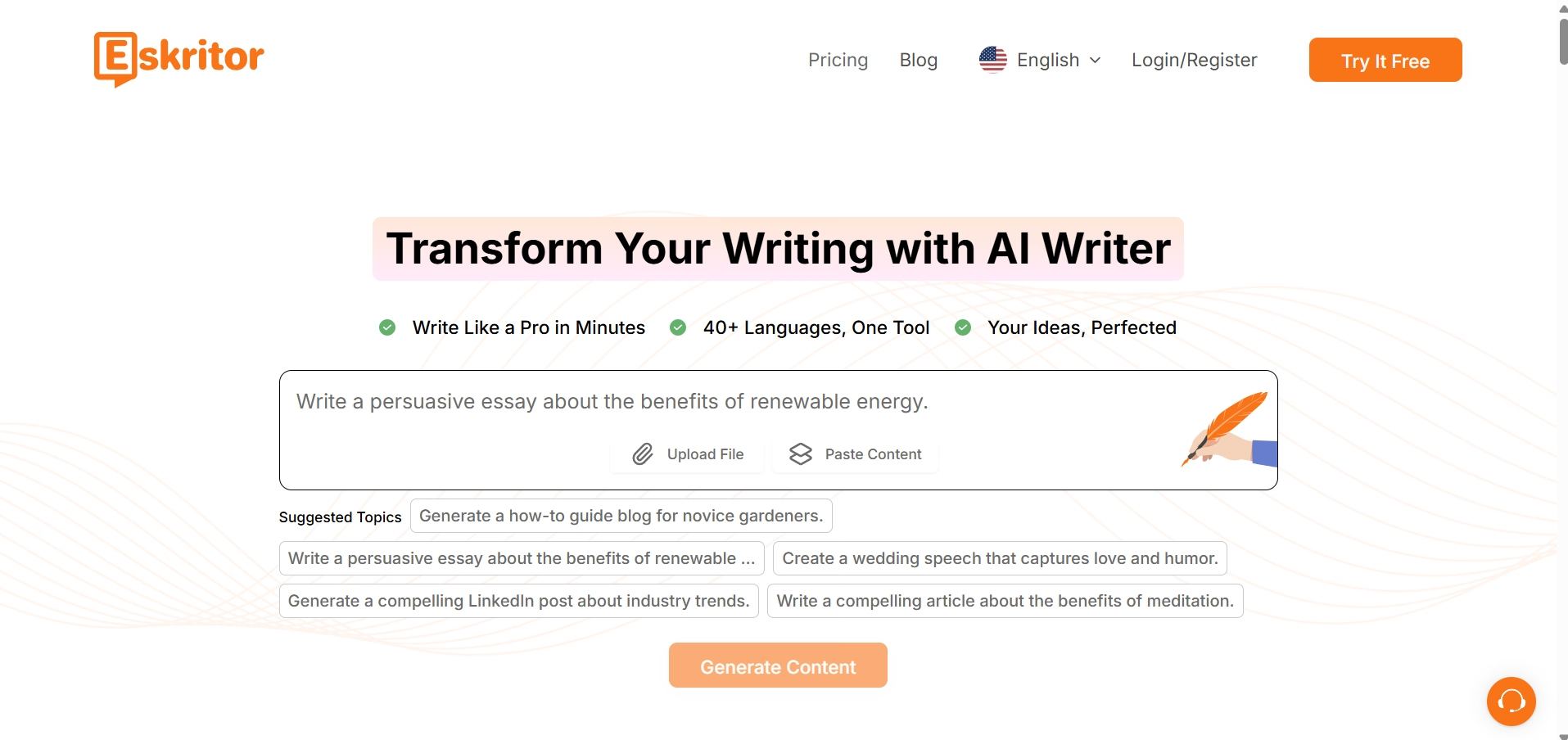
Eskritor:
Eskritor stands out as a specialized technical documentation platform that combines AI capabilities with professional documentation features:
- Comprehensive Technical Focus:
- Professional report generation for technical documentation
- Advanced document formatting capabilities
- Custom technical writing prompts and templates
- Smart suggestions specific to technical content
- Complete technical document editing suite
- Key Advantages:
- Specialized templates for technical documentation
- Version history tracking and management
- Team collaboration features
- Multiple format support (TXT, PDF, DOCX)
- AI-powered technical writing assistance
- Document quality assurance tools
Let's examine other AI writing tools in the market and how they compare:
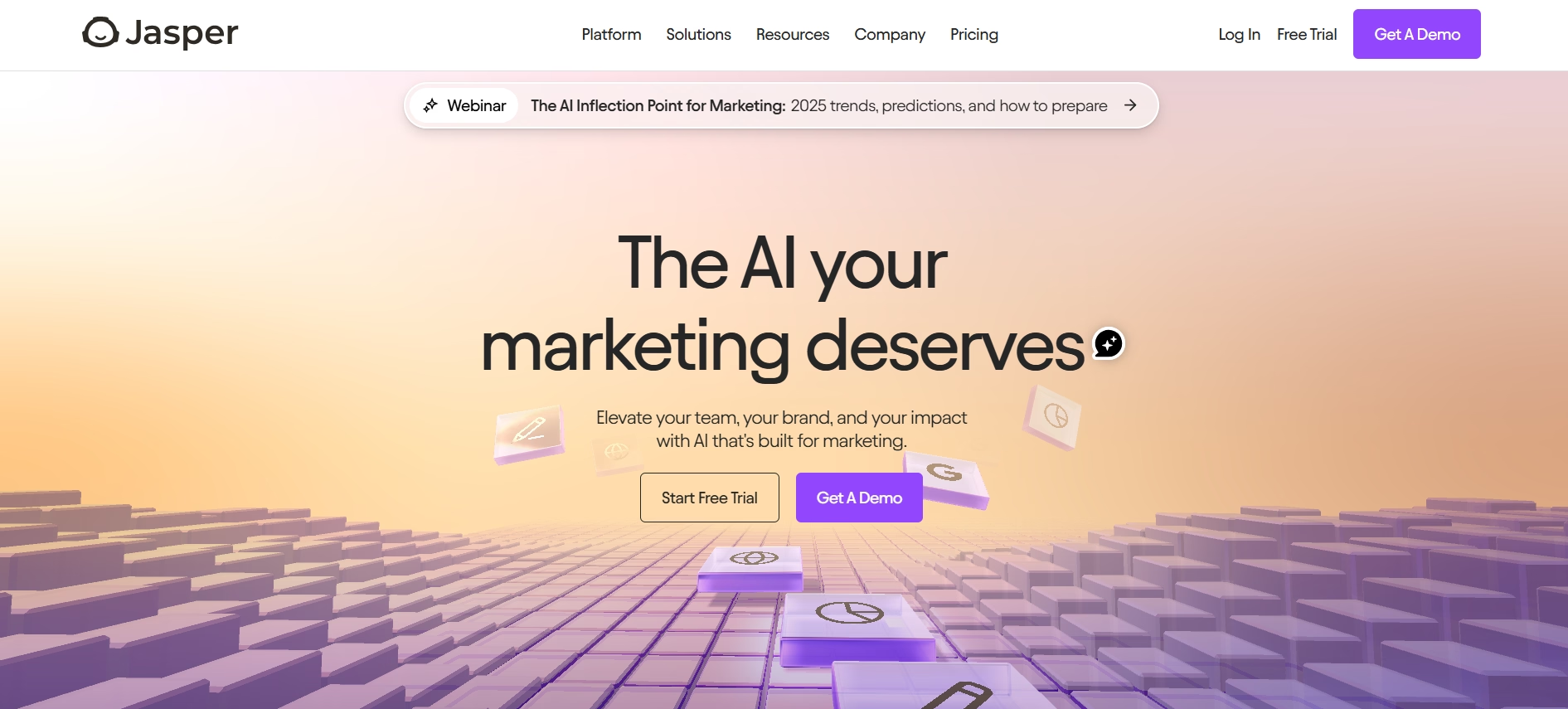
Jasper:
In the larger market of AI writing tools, Jasper has become a well-known choice. It mainly focuses on creating marketing content. While it excels at creating engaging blog posts and social media content, its capabilities for technical documentation are limited.
The platform is strong because of its marketing features. This makes it better for content marketing teams than for technical documentation.
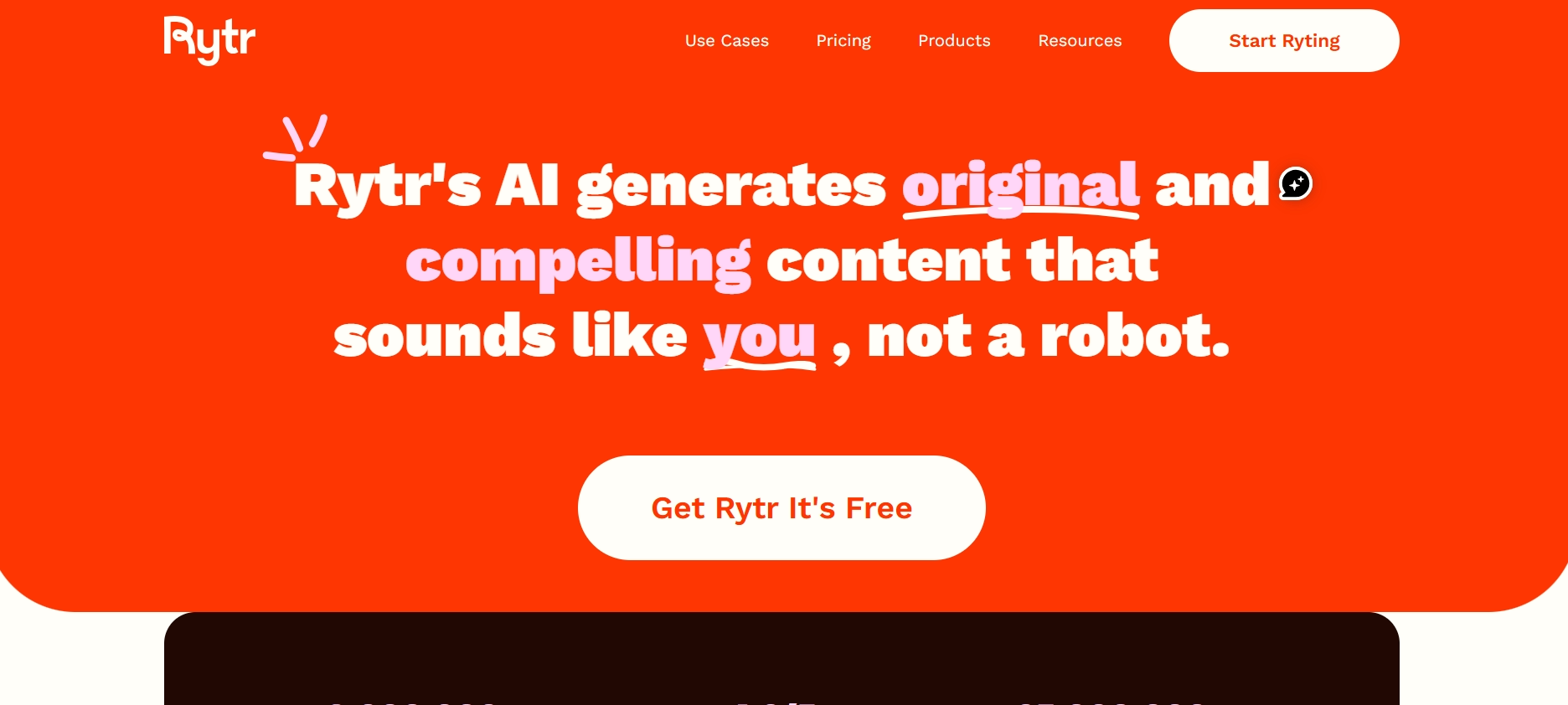
Rytr:
Rytr offers a user-friendly approach to content creation with its intuitive interface and variety of writing styles. It is useful for basic documentation tasks. However, it has limited technical terms. It also lacks specialized writing tools. Because of this, it is better for general writing. The platform works well for creating simple documents but may fall short for complex technical documentation requirements.
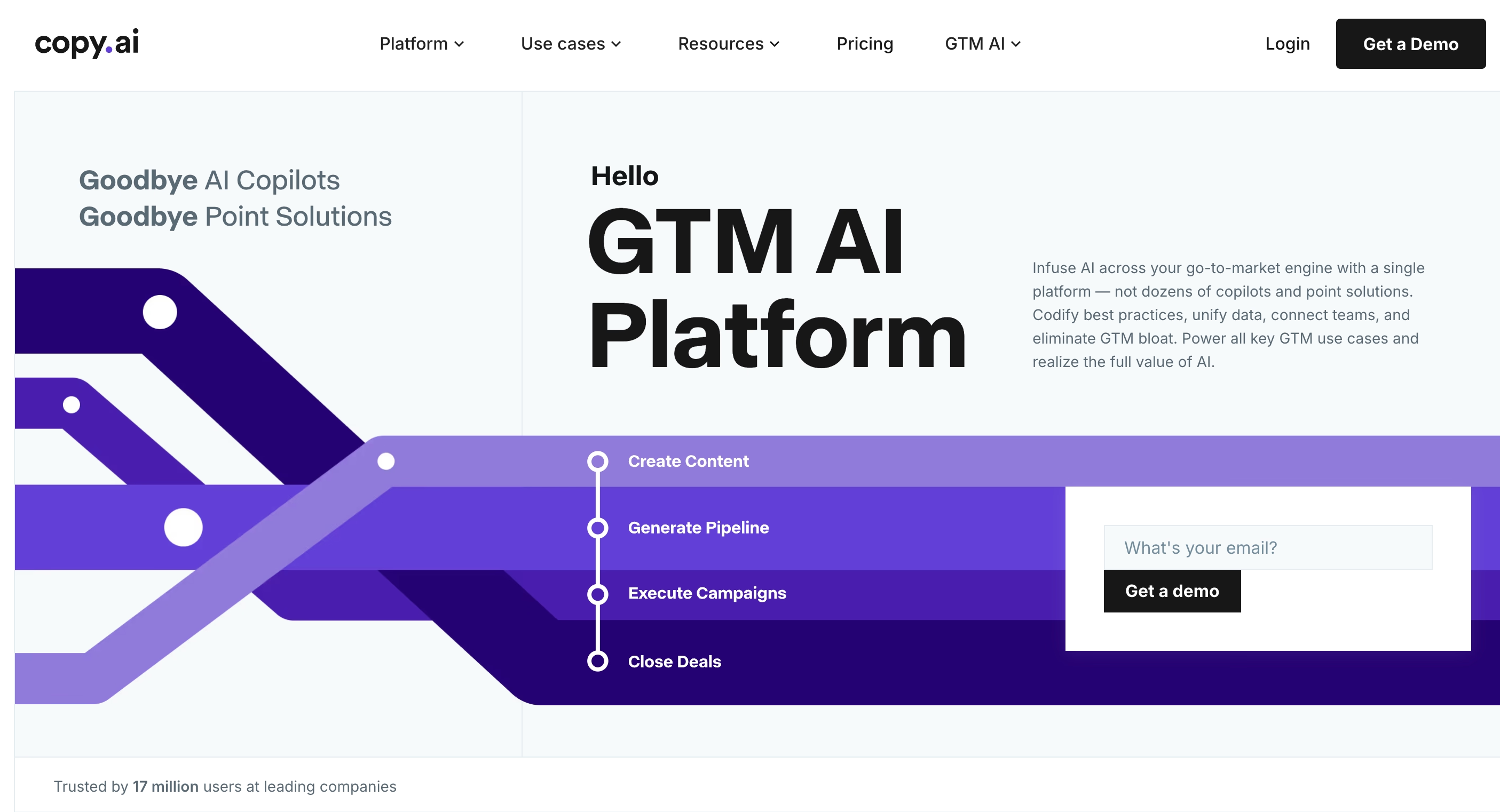
Copy.ai:
Copy.ai has found its place in creating content for businesses. It is especially good at making marketing copy and business documents. However, its feature set isn't optimized for technical documentation workflows. It can help with basic business writing tasks. However, it does not have the special features needed for managing technical documents.
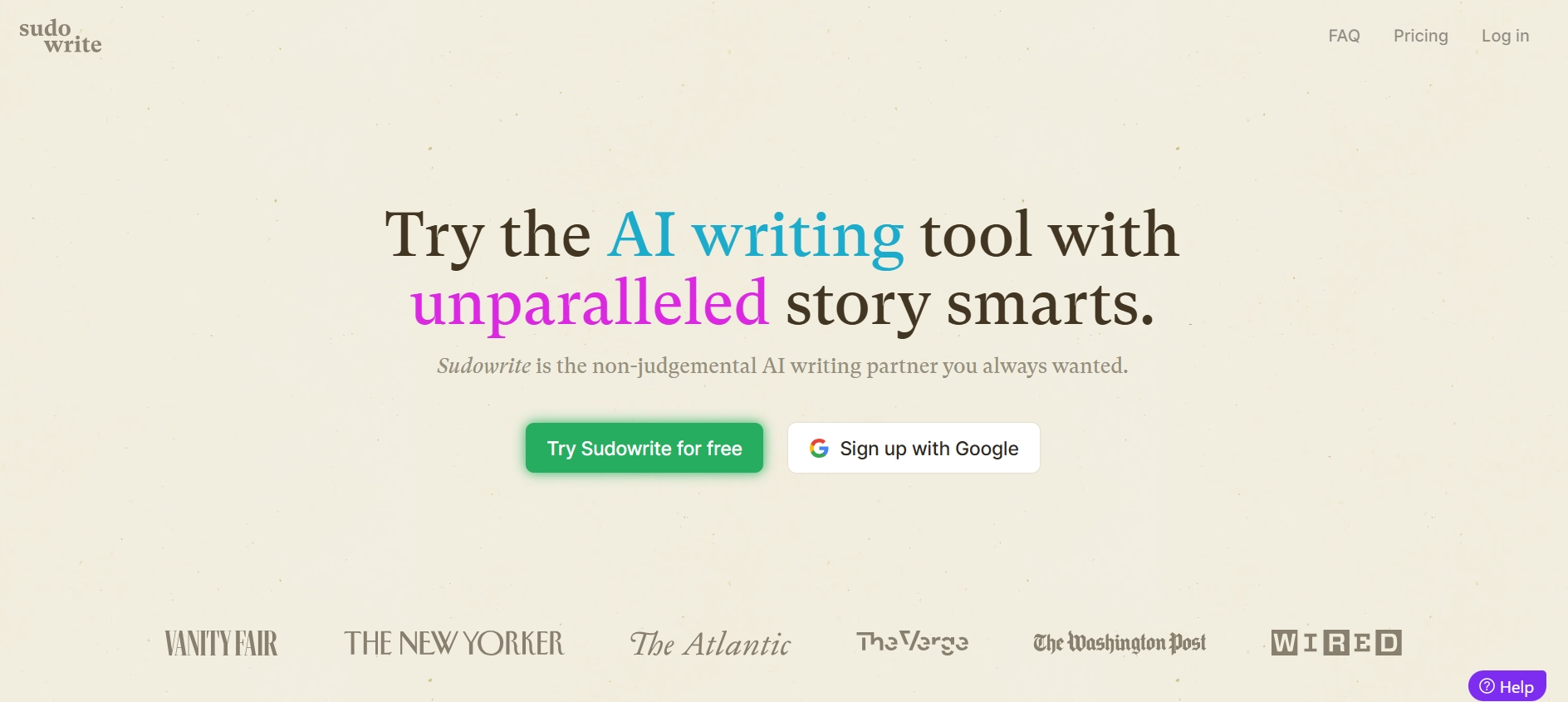
Sudowrite:
Sudowrite takes a unique approach by focusing exclusively on creative writing and storytelling. Its AI capabilities are specifically designed to assist with narrative content development and character creation. This specialized focus, while valuable for creative writers, makes it unsuitable for technical documentation purposes where precision and technical accuracy are paramount.

Anyword:
Anyword rounds out the market with its emphasis on conversion-focused content optimization. The platform is strong at creating and improving marketing and advertising copy. It has features that boost engagement and conversion rates. However, its lack of technical writing capabilities and documentation-specific tools limits its usefulness in technical writing contexts.
Choosing the Right Tool for Technical Writing
When selecting a technical writing tool, consider factors such as:
- Specific documentation needs
- Team collaboration requirements
- Integration capabilities
- Output format requirements
- Version control needs
Technical Documentation Process Guide
A systematic approach to documentation ensures consistency and quality throughout the project. Let's explore each phase of the documentation process with practical examples and best practices.
Information Gathering and Research
The foundation of excellent technical documentation lies in thorough research:
- Conduct structured interviews with subject matter experts
- Collect and analyze user feedback and common pain points
- Review existing documentation and technical specifications
- Document system behaviors and edge cases
- Create a comprehensive terminology list
For example, when documenting a new software feature, gather information about its purpose, functionality, technical requirements, user scenarios, and any known limitations.
First Draft Development
Transform your research into structured content using these proven strategies:
- Begin with a detailed outline based on user workflows
- Use established templates to maintain consistency
- Create clear, step-by-step procedures with examples
- Include relevant screenshots and diagrams
- Maintain a consistent voice and terminology
Professional documentation tools like Eskritor make this process easier. They offer features like custom templates, smart formatting, and AI writing help. These tools ensure your draft is clear and consistent.
Technical Review Process
Implement a multi-stage review process to ensure accuracy and usability:
- Technical accuracy review by subject matter experts
- Usability review by end users or technical writers
- Editorial review for clarity and consistency
- Accessibility review for inclusive documentation
Track feedback systematically using a review matrix that includes:
- Reviewer name and role
- Type of feedback (technical, editorial, usability)
- Priority level
- Resolution status
- Implementation notes
Final Documentation Delivery
Prepare polished documentation that meets all quality standards:
- Run final quality checks using document verification tools
- Ensure consistent formatting across all sections
- Verify all links and references
- Generate documentation in multiple formats (PDF, HTML, DOCX)
- Create proper metadata and version information
Eskritor has advanced formatting tools. These tools help you keep a professional look. They support many output formats. This ensures your documents look great everywhere you share them.
Advanced Technical Documentation Features
As you advance in technical writing, certain specialized skills become increasingly important.
API Documentation Techniques
Creating effective API documentation requires understanding both technical details and developer needs. Focus on clear examples, accurate endpoint descriptions, and comprehensive parameter documentation.
Technical Specifications Writing
Technical specifications require extreme precision and attention to detail. Ensure all requirements are clearly stated and testable, with no ambiguity in language or instructions.
User Guide Development
User guides should balance comprehensiveness with usability. Include clear navigation, searchable content, and task-based organization to help users find information quickly.
Release Notes Creation
Effective release notes communicate changes clearly and concisely. Organize updates by category, highlight important changes, and maintain a consistent format across releases.
Conclusion
Technical writing is a critical skill in today's technology-driven world. By following these guidelines, you can create clear and effective documentation. This will meet your users' needs while keeping it accurate and professional.
The right combination of skills, processes, and tools can simplify complex technical information. This makes it easier to create clear documentation. Good documentation leads to better results.
Key benefits of implementing these technical writing best practices include:
- Reduced support tickets through clearer documentation
- Improved user adoption of technical products
- Faster onboarding for new team members
- More efficient collaboration between technical teams
- Consistent brand voice across technical content
Remember that good technical writing is an iterative process that improves with practice, feedback, and the right tools. Modern AI-powered solutions like Eskritor can help streamline your documentation workflow with features like:
- Professional document formatting and templates
- Smart suggestions for technical content
- Version control and collaboration tools
- Multiple format support for flexible delivery
- Quality assurance tools for consistency
Ready to transform your technical documentation process? Start creating clearer, more effective technical documentation today with a comprehensive solution that combines AI assistance with professional documentation features. Your users will thank you for it.
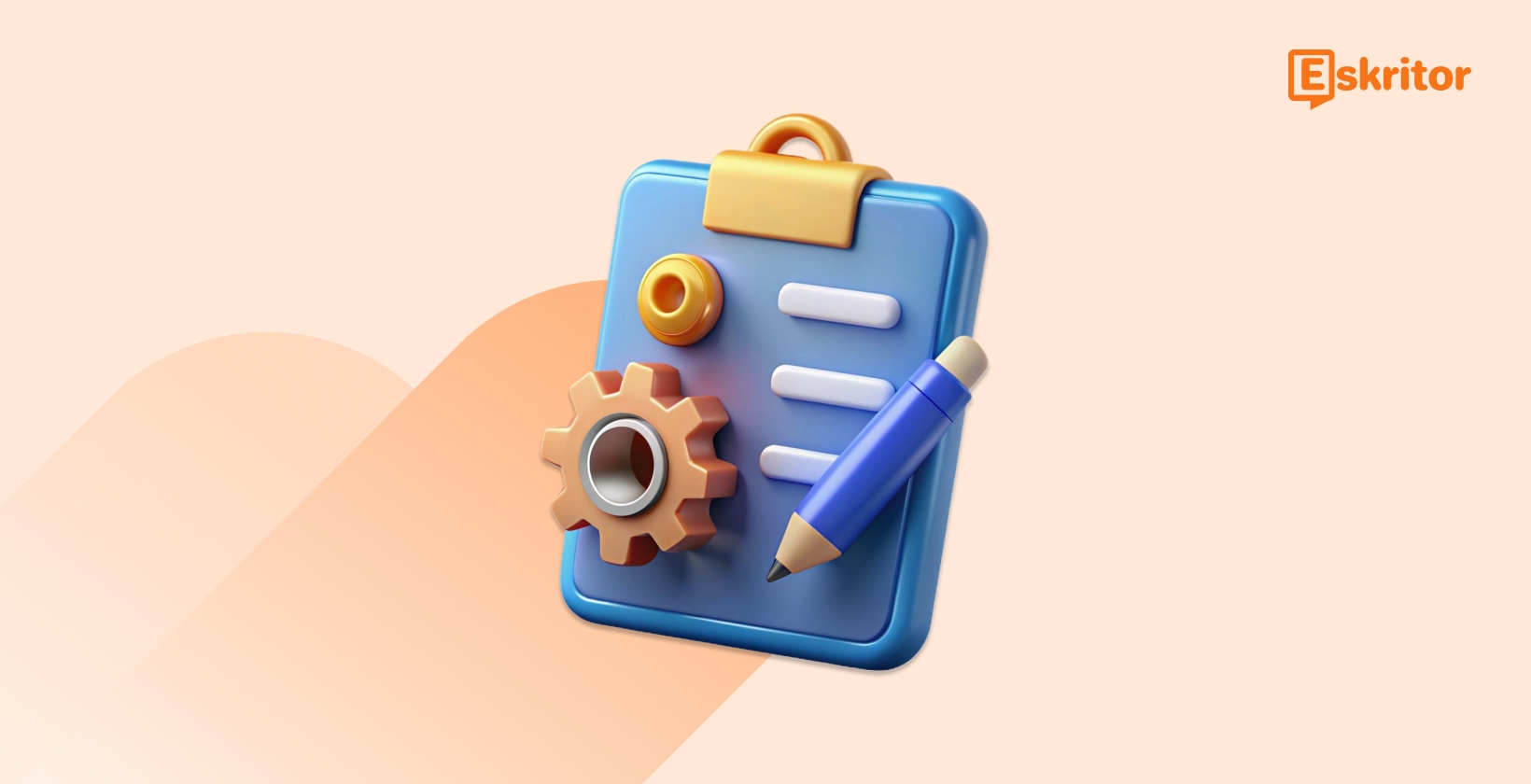





 location
location